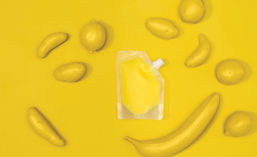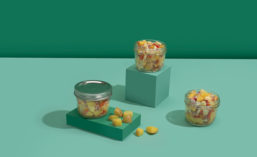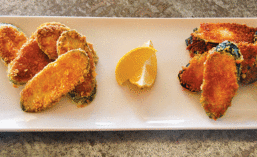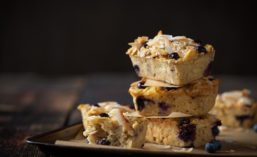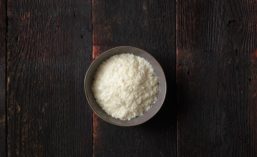Articles by Rachel Lynch
Convenience—Made Easy
Potatoes are a value-added and versatile ingredient for convenience foods
February 6, 2020
Potatoes USA: Gluten Free Option
An innovative, cost-effective solution for gluten-free product development, potatoes offer many benefits as a breading, crust or coating
March 27, 2019
Snack Trends: Flavor, Function and Freshness Dominate
Potatoes deliver on the top attributes consumer crave in snacks
January 16, 2019
Consider Potatoes for a Flawless, Allergy-Friendly Filler, Binder and Thickener
Potatoes are an essential addition to the traditional list of potential fillers, binders and extenders.
October 26, 2018
Potatoes: Ultimate Performance Food
Potatoes add nutritional benefits to functional, nutrient-dense packaged foods
October 17, 2018
Potatoes USA: Ultimate Stealth Ingredient
For a flawless, allergy-friendly filler, binder and thickener, turn to potatoes
July 27, 2018
